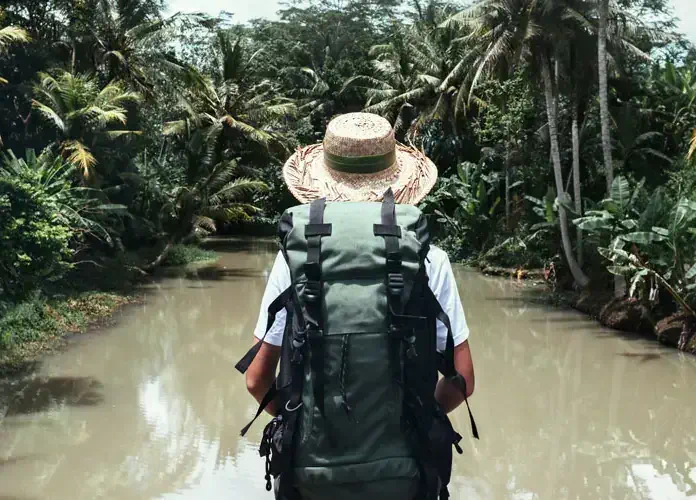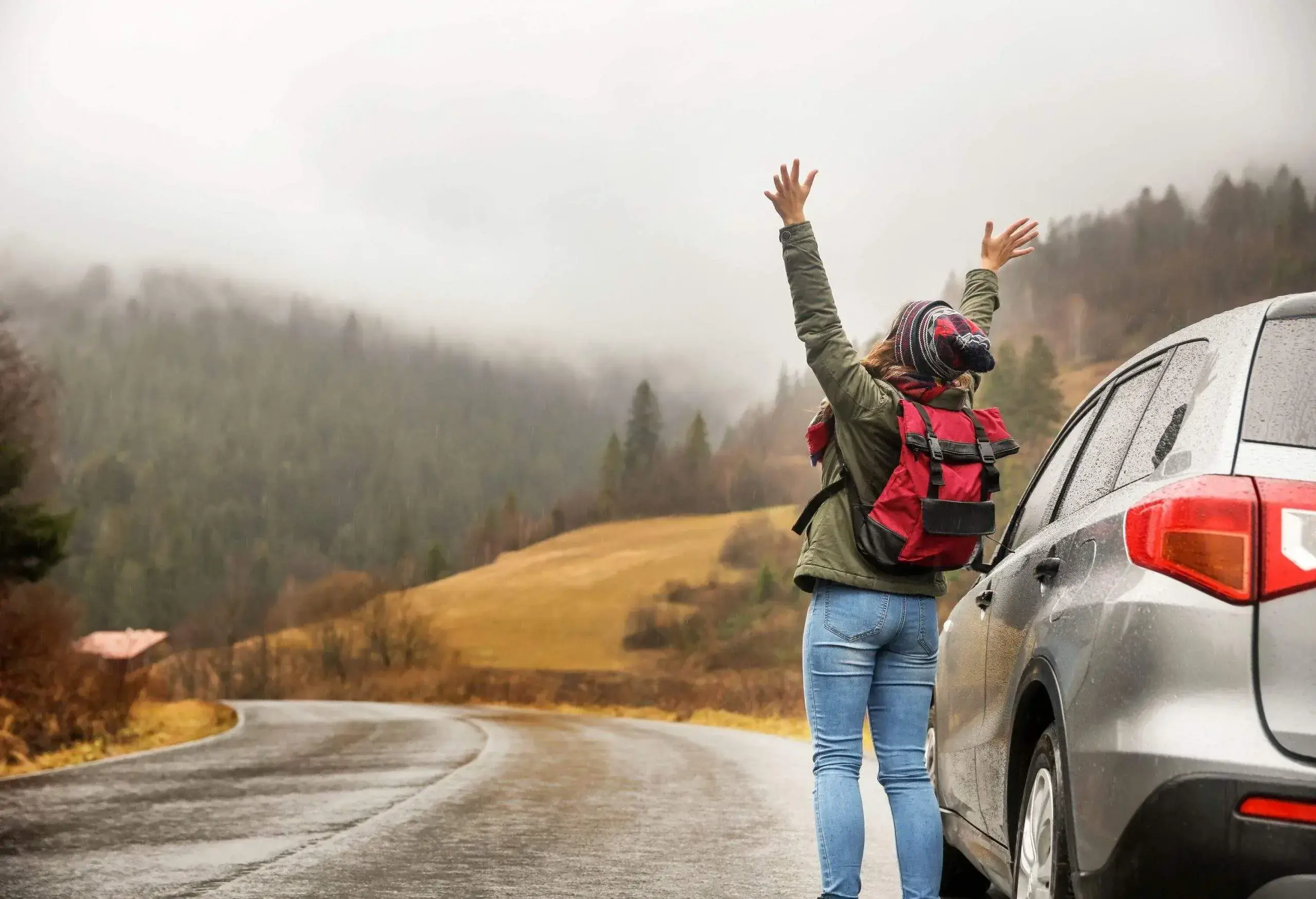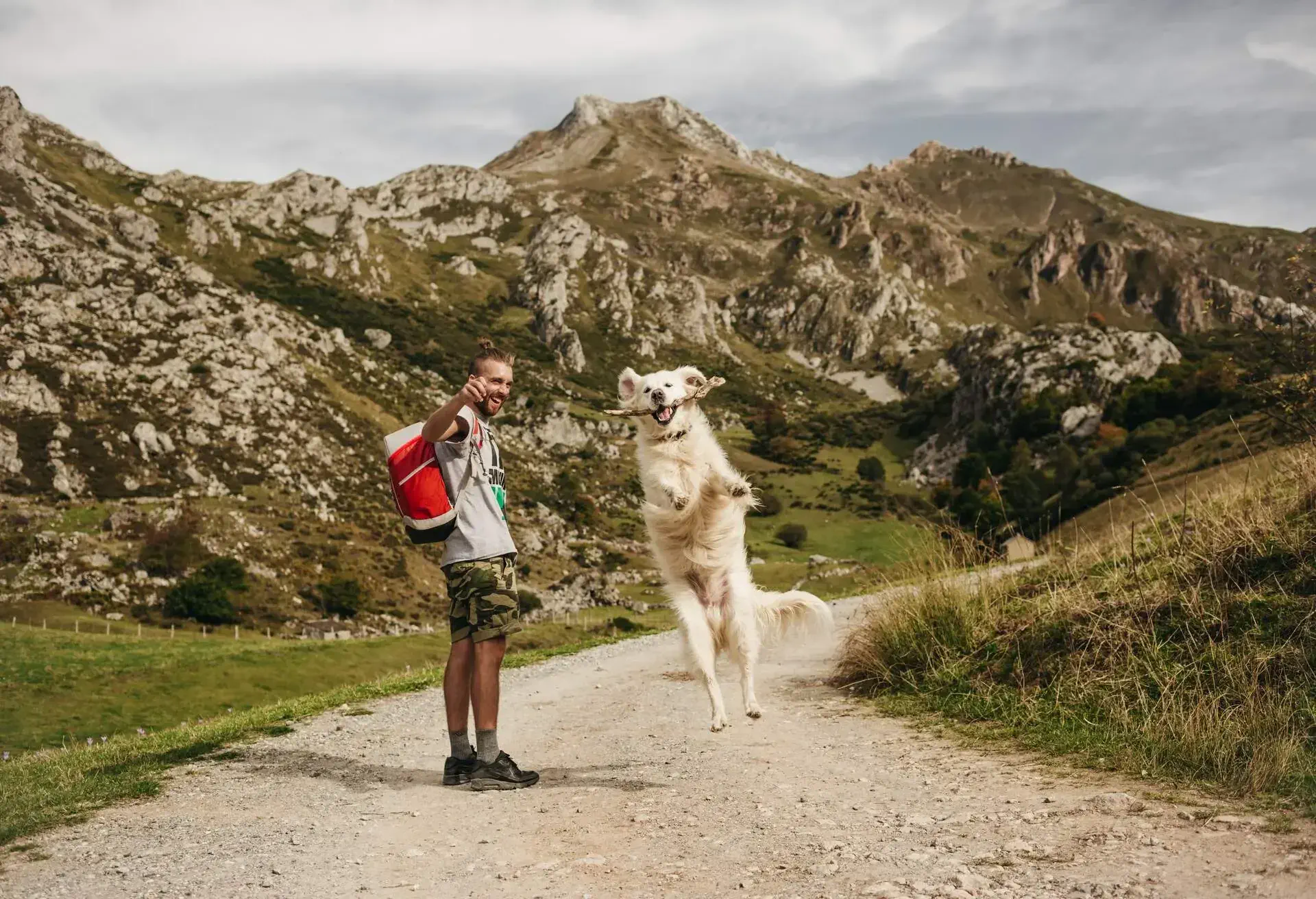Hiking is a brilliant way to get out, detach from the world and spend time in nature alone or with friends. The wonderful thing about hiking is that it can be as simple and accessible as a short ramble on some local footpaths, but the skills you build can take you to wild and remote places or on multi-day through-hikes far from the beaten path.
Before you embrace the freedom of the outdoors and start seeking out wild places to roam, here are a few useful tips to help make your next tramp carefree and memorable for all the right reasons.
Where to go, and how to get there:
Beautiful hikes can be found almost anywhere, but the skill of looking at a map and figuring out whether a route will be a scenic romp through beautiful fields or a slog through a bog takes a bit of practise. Fortunately, there are hundreds of places to find tried and tested routes online or in local walking guides.
Figuring out what a long day of walking feels like for you is best done by building up over time. Be aware of the amount of elevation and terrain on your route – a shorti-sh route with lots of ups and downs on rough ground can take a deceptive amount of time and be incredibly tiring, whereas a longer route through flat fields is often a breeze. It’s easy to get caught out!
When you’ve figure out where you’re going, have a think about how you’re going to stick to the route and not get lost. Phones are great in the city, but on a longer hike in the country you can easily get caught without signal or a fast depleting battery. Downloading an offline version of a map and carrying a battery pack is a good way of getting started, but practicing with a map and compass is a great skill to have for when you’re building up to longer trips.
Packing your bag
Making sure you have everything you need to be comfortable no matter what the weather throws at you is key to enjoyment when hiking. Staying warm and dry, or cool and hydrated depends on being able to read the weather forecast and pack accordingly. Take a look at the forecast a few days before you go and think through what the temperature, wind and potential for rain might be like to walk in. As you get more confident at predicting what you will need, your packing skills will improve and you’ll be able to carry less and having a lighter pack is always a bonus.
Always check the forecast again right before you set out, and add or remove layers accordingly. And no matter how nice the forecast looks, pack a waterproof jacket and some sun cream, because it won’t be the first time the weather has been totally wrong!
How long do you think your route will take? Are you going for a day or just overnight? Planning out food and water, including whether you will be able to refill bottles or stop into a shop along the way is important to think through. If you’re unlikely to find anything along the way, then make sure to pack extra snacks, including a range of different foods, with some sugar for a quick hit of energy, as well as nuts and carbs to keep you going for the duration.
The act of packing is an artform, and you can always spot an experienced hiker when they have their pockets organised so that the things you need in an instant are on hand without digging to the bottom of the pack. Use pockets for snacks, and make sure your waterproof is easy to grab if a shower comes out of the blue! Using stuff sacks or even just plastic bags can add an extra layer of waterproofing to your precious cargo and help to keep things in easy reach. Always pack the heaviest items close to your back, and experiment with different ways of arranging your stuff for maximum comfort.
Just in case
Be prepared for if things go wrong. It only takes a bad trip or tumble to be stuck outdoors for much longer than expected, and if you’re out of phone signal you may need to get out of trouble under your own steam.
Do you have enough food and layers for if you’re out for much longer than expected? What if it starts getting dark and you need to navigate? Do you have a first aid kit to patch up a cut, or deal with dehydration? Does anyone know where you are, or when you are supposed to be back?
If you’re stepping into more remote terrain, make sure that you have some emergency food, a torch, a first aid kit and enough layers to stay warm. If something goes wrong and you can’t call for help, you could be out for a while, so If someone knows where you are going and when you are likely to be back, they can raise the alarm if they don’t hear from you. This may sound scary, but It always pays to be prepared, and to get used to having a grab and go emergency kit and contingency plan ready just in case.
Enjoy the journey
Time out in the outdoors is precious and does wonders for your health and wellbeing. Enjoy every minute, and remember to take some snaps along the way and pause to appreciate where you are, and how far your legs can carry you.
As your skills and confidence grow, think about the places that your hiking can take you. Why not plan a hike that takes in some mountainous peaks, or plan an overnight trip with a camp along the way to sleep under the stars?
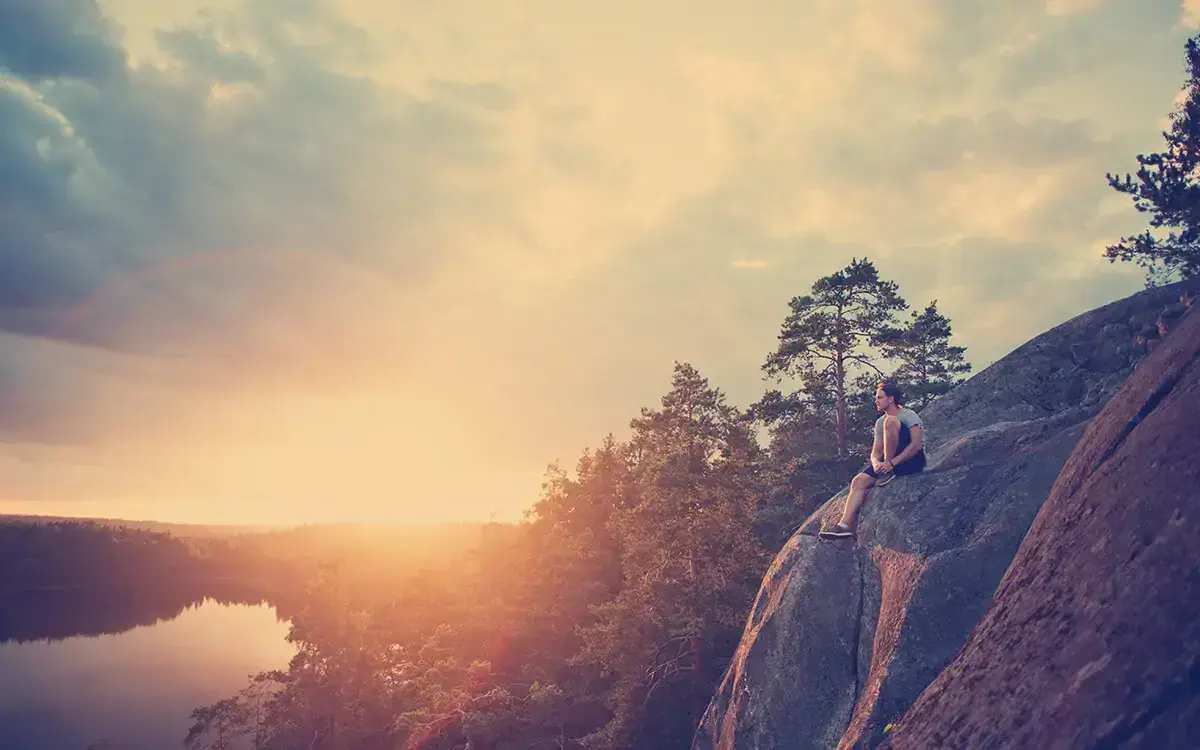
During your hiking holidays, you can become one with nature and find an unparalleled sense of freedom. If you haven’t tried hiking yet, you should fix that ASAP. ©Mooshny/Shutterstock.com
Our packing tips for your hiking trip:
- Roll your clothes
It turns out that if you roll your clothes, you can fit more into your pack (Note for glampers: rolled clothes have less wrinkles too) . Try it out on your next hike, you’ll be surprised! - Pack your clothes inside a plastic bag
Don’t get caught out by a turn of the weather – pack your clothes inside a plastic bag and there’ll be no nasty surprises when you open your backpack. Serious hikers will usually take a backpack cover too, but it pays to protect your clothes both inside and out.
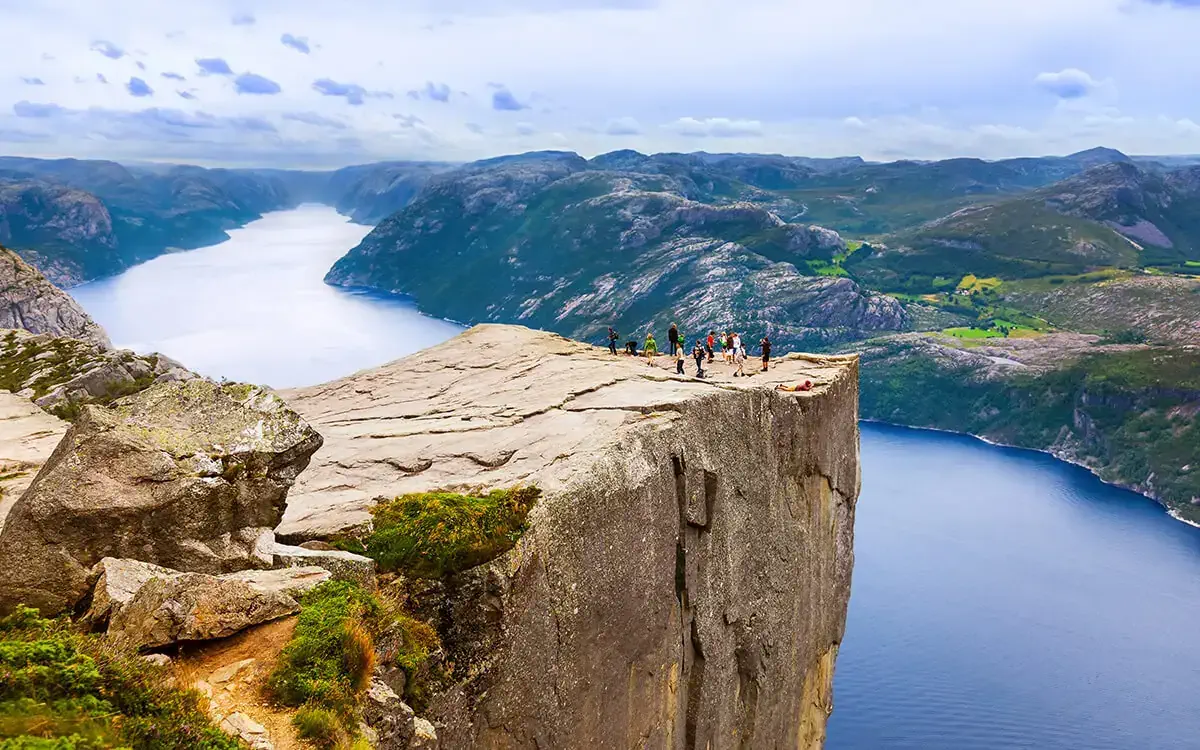
Be prepared – Your handy checklist:
- Download or buy maps and a compass
- Write down the addresses of where you’re staying and heading to as well as useful phone numbers (emergency numbers, etc.)
- Pack appropriately
- Tell someone where you’re going and when you expect to be back
- Check the weather forecast for your route
- Research the history and geography of your trail – the more you know, the more will be revealed
Originally published 08 2016, updated 05 2022.

